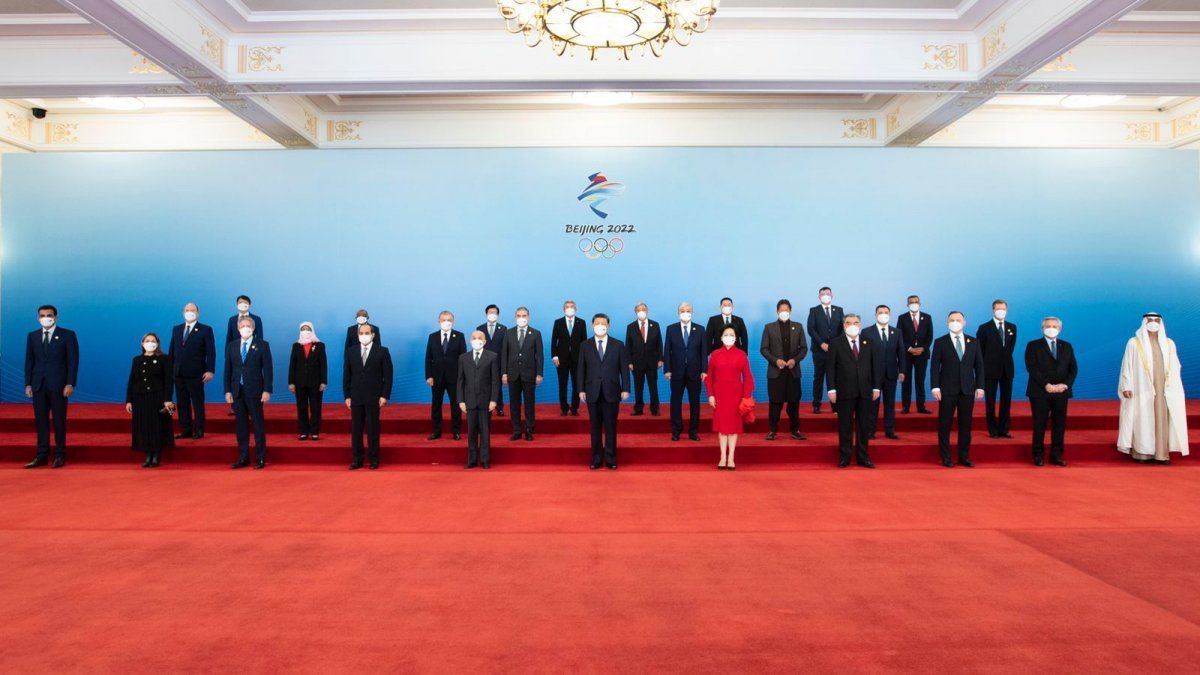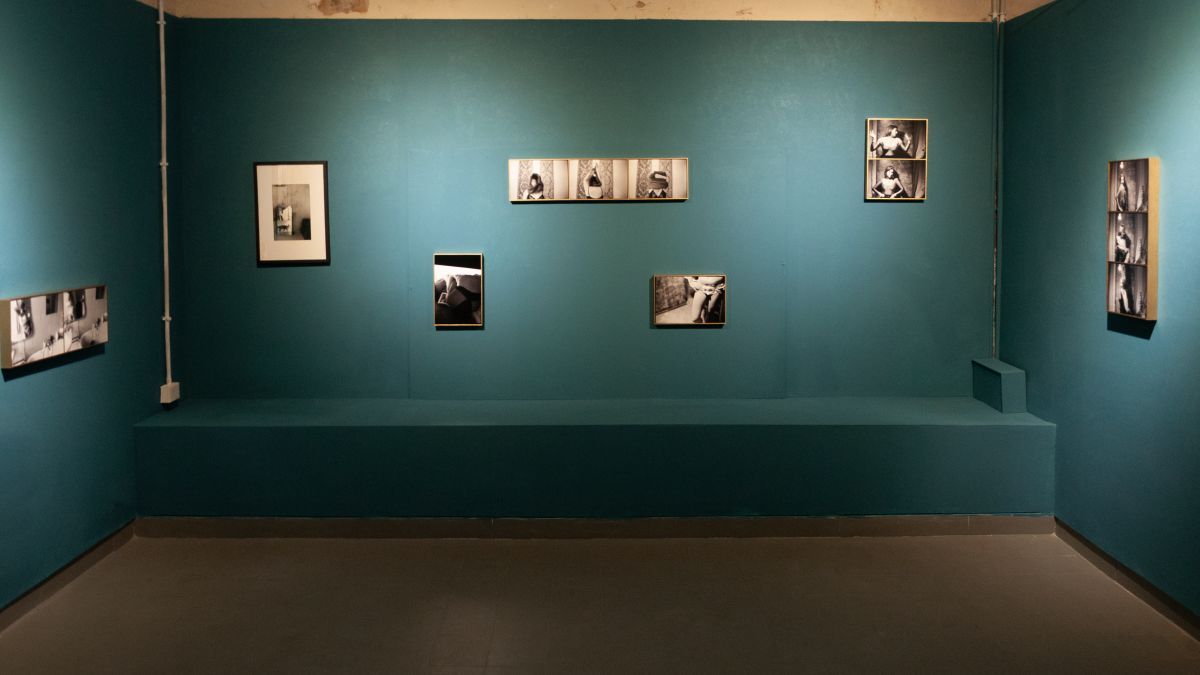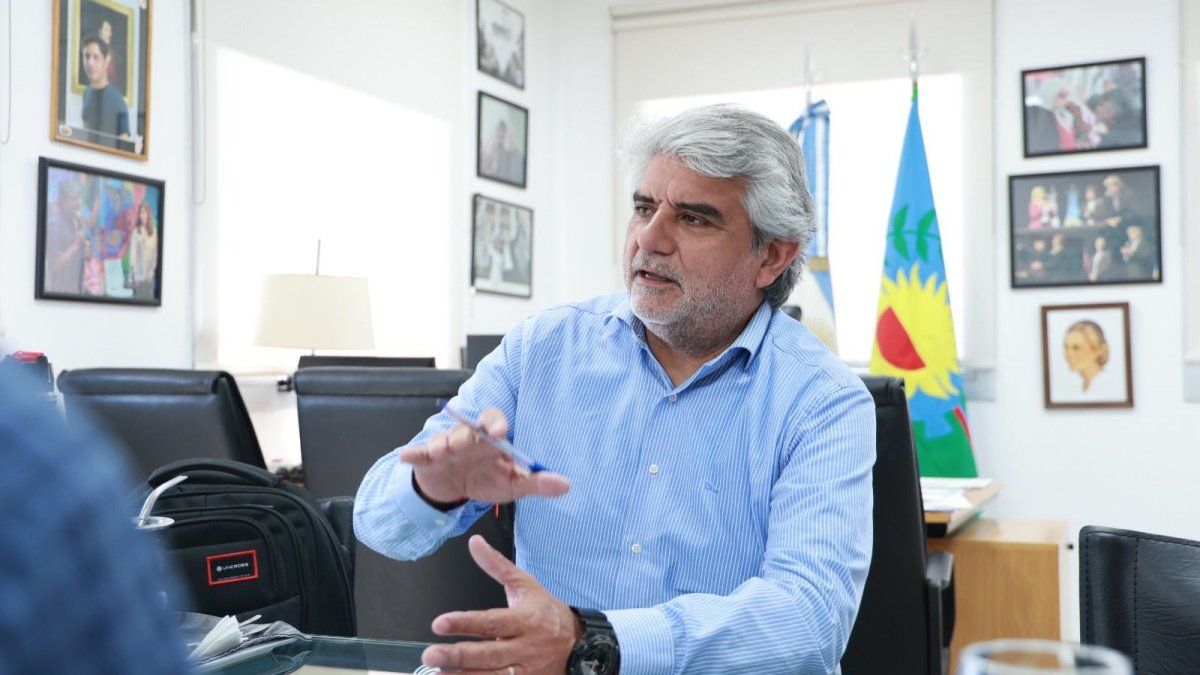The Belt and Road Initiative -BRI, for its acronym in English- is aimed at promoting cooperation and connectivity between countries through two main components: one of a land nature (the “Economic Belt of the Route of the Silk” with the use of existing railway facilities, while investing in the construction of new ones) and another transoceanic (the “Maritime Silk Road”). It was initially focused on Central Asia, but has been expanding participation to other regions.
Second, the control of a maritime route to reach Latin America, Africa and the Middle East, which implies the installation of military bases and commercial ports in the Indian and Pacific oceans. A total of 139 countries are adhered, among which there are 30 Europeans, 37 Asians, 54 Africans and 13 from Latin America.
The Initiative is presented as a platform to promote the flow of trade and investment, the integration of markets and open and inclusive regional economic cooperation. The Memorandum of Understanding signed in February 2022 constitutes an additional step in deepening the Comprehensive Strategic Association between both countries.
In the medium term, the Memorandum seeks to obtain concrete results that allow promoting bilateral trade in goods and services and making investments for the productive sector and for the development of technological capacities.
two. Financing
The investment obtained with China will be in two tranches. The first has already been approved and consists of a first disbursement of 14 billion dollars under the mechanism of DECCE (Strategic Dialogue for Cooperation and Economic Coordination). This amount will be allocated to 10 infrastructure works to be developed in the country. At the meeting, the Argentine expectation was raised to work bilaterally to increase local content (participation of Argentine supplier companies) in the works. The second package will be of 9700 million dollars
Now, Argentina must present in the Ad Hoc Working Group that will work with China, a set of infrastructure works relevant to the energy sector, the water and sewage network, transportation and housing construction. The list of works must be discussed with the Chinese counterpart.
Financing is through Chinese private or government financial institutions and international organizations such as the Asian Infrastructure Investment Bank.
3. Cooperation document (MOU)
In addition to the Memorandum of the Strip and the Silk Road, within the framework of the visit, thirteen different inter-institutional cooperation documents were signed in different fields and between different counterparts, referring to matters such as green development, the digital economy , the space area, technology and innovation, university education and cooperation, agriculture, earth sciences, public media and nuclear energy.
China committed to:
- Provide financing for infrastructure works
- Increase the participation of Argentine suppliers to the works.
- Increase in Foreign Direct Investment (FDI) in strategic sectors: energy, electromobility, among others.
- Increase the exportable offer to China and Asia.
- Commitment to advance in the sanitary and phytosanitary negotiations and in the qualifications for cold storage and fishing establishments.
Source: Ambito
David William is a talented author who has made a name for himself in the world of writing. He is a professional author who writes on a wide range of topics, from general interest to opinion news. David is currently working as a writer at 24 hours worlds where he brings his unique perspective and in-depth research to his articles, making them both informative and engaging.




